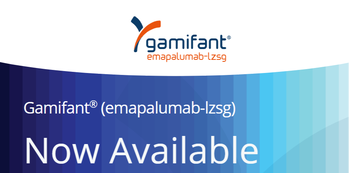Hemophagocytic Lymphohistiocytosis
HEMO•PHA•GO•CY•TIC LYMPH•O•HIS•TI•O•CY•TO•SIS
Other Histiocytic Disorders
Langerhan's Cell Histiocytosis (LCH)
Juvenile Xanthogranuloma (JXG)
Eosinophilic Granuloma
Erdheim-Chester Disease
Rosai Dorfman
Juvenile Xanthogranuloma (JXG)
Eosinophilic Granuloma
Erdheim-Chester Disease
Rosai Dorfman



